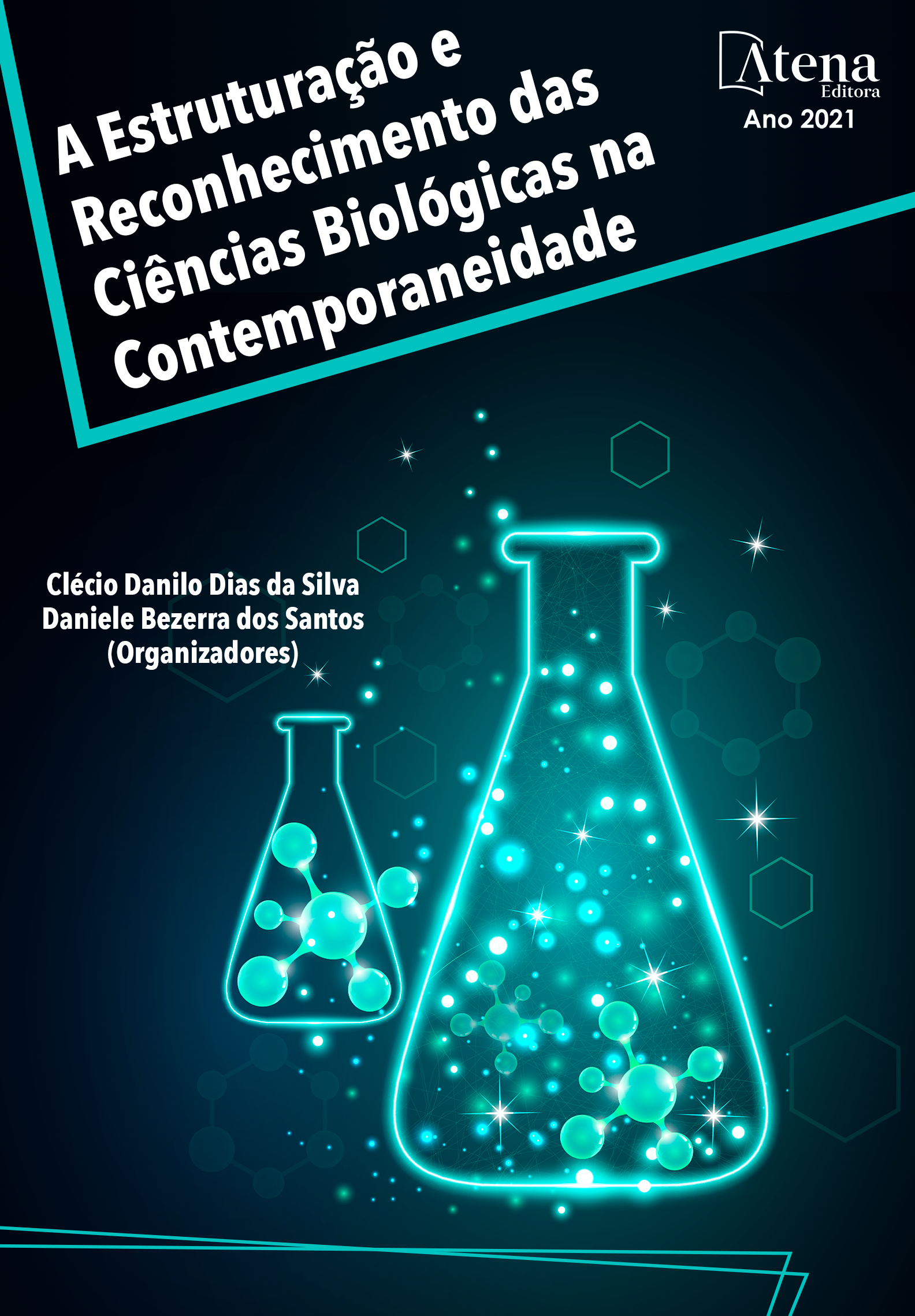
A INTEGRAÇÃO ENTRE ESCOLAS DO ENSINO DE CIÊNCIAS PARA MINIMIZAR AS DIFERENÇAS DE RECURSOS DIDÁTICOS E INSTIGAR AOS ESTUDANTES DA EJA A CONTINUAREM OS ESTUDOS
As inúmeras dificuldades vividas pelos estudantes da EJA, desanima-os a continuar a educação formal reduzindo a expectativa de obter oportunidades melhores de trabalho. Assim, é essencial instigar a curiosidade dos estudantes pelo conhecimento científico, contextualizando-o. Sendo, a realização de experimentos científicos uma forma consagrada por sua eficiência em despertar o interesse dos estudantes. Desta forma, estabeleceu-se aliança entre uma escola da rede municipal com uma da rede estadual, está com laboratório específico de biologia e química, levando os estudantes para ter aula prática laboratorial. A interação objetivou incluir os estudantes nos experimentos, aguçando a curiosidade sobre os temas relacionados as ciências, além de instigá-los a prosseguirem os estudos. Como metodologia, priorizou-se a participação ativa dos estudantes, apresentando o laboratório e realizando alguns experimentos na área de biologia sobre o conteúdo de citologia e de química sobre pH, elementos químicos e reações químicas. Os estudantes pertenciam ao EJA do ensino fundamental, sendo duas turmas do módulo IV e três do módulo V. Os estudantes do município deslocaram-se para a escola estadual, no horário normal de aula, mantendo a rotina de horário. Como resultado houve vivido interesse com discussões a respeito dos experimentos e sobre a relevância para o cotidiano, além debate sobre a importância do ensino médio como investimento para melhores oportunidades de trabalho e o interesse por cursos técnicos e superior. Assim, a interação entre escolas e docentes mostrou-se satisfatória, pois aguçou a curiosidade e interesse dos estudantes para o aprendizado científico e possibilitou visualizar uma perspectiva de prosseguir nos estudos e contribuiu para o aprendizado dos conteúdos das aulas de ciências. Portanto, é salutar a continuação de trabalhos nessa linha de intervenção didática, enriquecendo a prática docente e expondo aos estudantes de que os anos posteriores não são tão complexos quanto às vezes a imaginação deles remetem.
A INTEGRAÇÃO ENTRE ESCOLAS DO ENSINO DE CIÊNCIAS PARA MINIMIZAR AS DIFERENÇAS DE RECURSOS DIDÁTICOS E INSTIGAR AOS ESTUDANTES DA EJA A CONTINUAREM OS ESTUDOS
-
DOI: 10.22533/at.ed.58521060413
-
Palavras-chave: Aula Prática; Integração Ensino; Integração Escolar; Interdisciplinaridade; Laboratório Escolar.
-
Keywords: Practical Class; Teaching Integration; School Integration; Interdisciplinary; School Laboratory.
-
Abstract:
The numerous difficulties experienced by EJA students discourage them from continuing formal education, reducing the expectation of obtaining better job opportunities. Thus, it is essential to instigate students' curiosity about scientific knowledge, putting it in context. Being, the accomplishment of scientific experiments a consecrated form for its efficiency in arousing the interest of the students. In this way, an alliance was established between a school in the municipal network and one in the state network, with a specific biology and chemistry laboratory, taking students to have practical laboratory classes. The interaction aimed to include students in the experiments, arousing curiosity about science-related topics, in addition to instigating them to continue their studies. As a methodology, priority was given to the active participation of students, presenting the laboratory and carrying out some experiments in the field of biology on the content of cytology and chemistry on pH, chemical elements and chemical reactions. The students belonged to the EJA of elementary school, with two classes from module IV and three from module V. Students from the municipality went to the state school, during normal class hours, maintaining the schedule. As a result, there was an interest in discussions about the experiments and the relevance to everyday life, as well as a debate about the importance of high school as an investment for better job opportunities and interest in technical and higher education courses. Thus, the interaction between schools and teachers proved to be satisfactory, as it aroused the students' curiosity and interest in scientific learning, made it possible to visualize a perspective of continuing their studies, and contributed to the learning of the contents of science classes. Therefore, it is salutary to continue the work in this line of didactic intervention, enriching the teaching practice and exposing the students that the later years are not as complex as sometimes their imagination suggests.
-
Número de páginas: 11
- Igor Cassimiro dos Santos
- Rosanne Lopes de Brito


